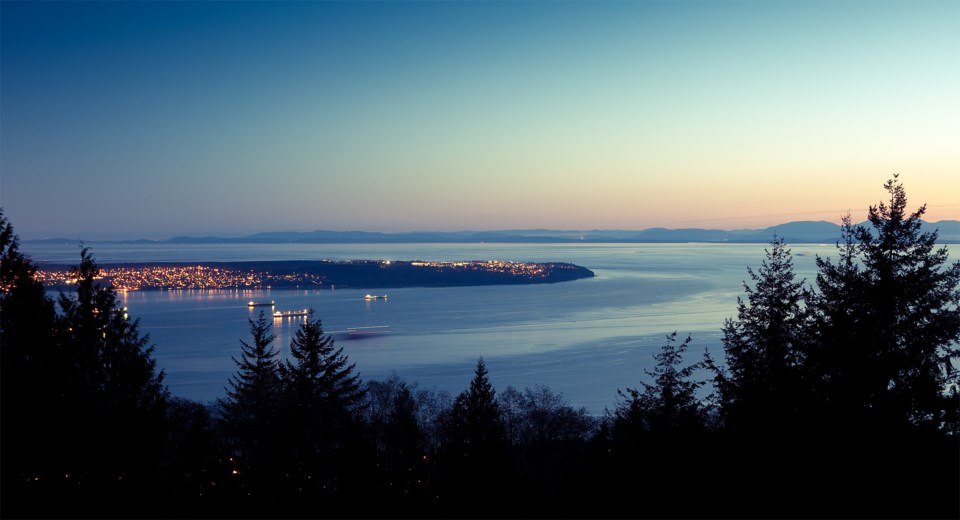The license plate says it all: Beautiful British Columbia.
Vancouver continually ranks among the world’s top cities when it comes to livability and natural beauty.
Whether you are a tourist or local, the close proximity to a pristine outdoor playground — from the snow-capped North Shore mountains to the salmon-filled waters of the Georgia Strait and natural splendour of Stanley Park – makes Vancouver a highly desirable place to live and visit.
The birthplace of Greenpeace and home to David Suzuki, British Columbia is also known for its commitment to protecting the province's environment and pristine natural beauty.
Caring for the province’s land, air and water can start with smart choices made at home when it comes to recycling - which is something B.C. residents take seriously.
In 2015, a B.C.-wide survey done by the Multi-Material BC (MMBC) program on recycling habits and perceptions discovered that 75% of those surveyed went out of their way to recycle.
But there's still work to do to keep British Columbia beautiful.
Things that sometimes get tossed in the garbage - for instance aluminum, steel, plastic, cardboard, boxboard, foam, glass packaging, cartons and printed paper - can have a second life and be transformed back into new products and packaging if they are recycled.
Recycling reduces waste and also saves energy that can be used to power homes and communities.
By choosing to recycle responsibly, British Columbians are helping to reduce greenhouse gas emissions, because more energy and fossil fuels are required to make the same product or packaging from raw materials.
Why should we care about global warming? Sea levels are forecast to rise in the future in B.C. because of a gradual increase in the temperature of the earth's atmosphere which would lead to flooding and loss of property, among other impacts.
Properly recycling items also keeps garbage out of oceans and nature. Plastics are particularly concerning, according to a recent report, The New Plastics Economy: Rethinking the Future of Plastics. The study notes that globally only 14% of plastics are collected for recycling. What happens to the rest? Around 40% end up in landfills and 32% are "leaked" into the environment, and many end up in the world’s oceans and waterways, including the Pacific and in BC’s stunning lakes and rivers. The report also predicts that by 2050 there will be more plastic in the ocean than fish.
To do your part to mitigate the world’s plastic problem, you can start by understanding which plastics are accepted curbside and where to take other types of plastics, such as bags and overwrap. Also be sure to wash items properly before recycling and do not include plastics that aren’t yet recyclable.
Still have questions about what can and cannot be recycled in your community? You can now find out everything you need to know about reducing waste and keeping garbage out of the oceans and landfills by visiting recyclinginbc.ca. To learn more on the global plastics issue, go to recyclinginbc.ca/2016campaign.
We all need to do our part to keep B.C. beautiful.



